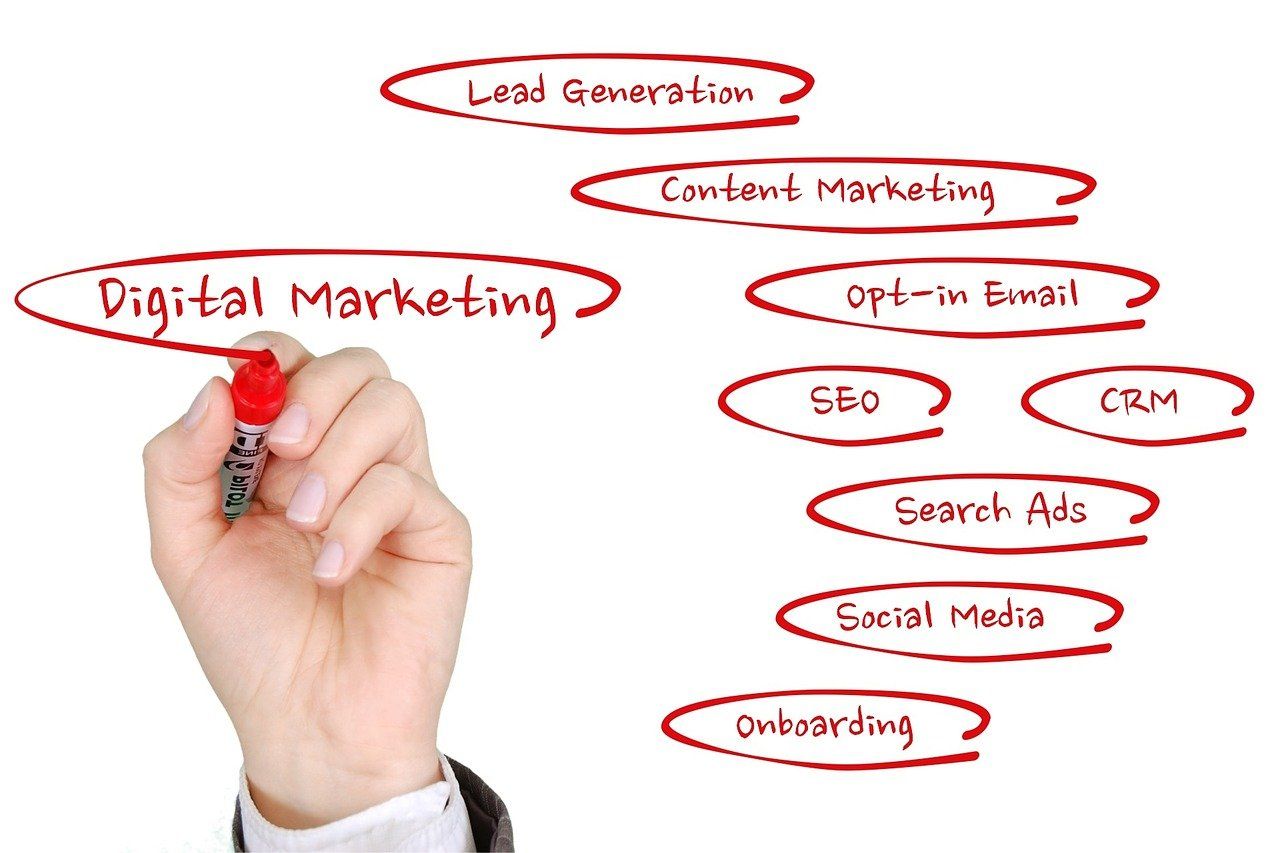Digital Marketing: An efficient way to spend your ad dollars

The world of online advertising has opened up possibilities for reaching the ideal customer that extend beyond what was previously available with traditional media such as TV and print. A multi-media approach is most advantageous for reaching consumers throughout the entire purchase funnel, but digital advertising can reach the customers most aligned with your product when they are doing research, and subsequently when they are ready to take action.
Many business owners utilizing digital marketing appreciate the ability to target their ideal customer and send them specific, highly trackable messaging. Asking a consumer to join an email list, click through to learn more, or even click to make a purchase, are all calls to action that can be measured and then used as indicators of success for the campaign. As we learn more about how users engage with digital advertising, we know that the metrics don’t mirror the success of a campaign fully; consumers take action in a multitude of ways much like with television ads. Still, the idea that they can glean tangible results from digital campaigns is extremely valuable to business owners. If they can market to only the people most likely to purchase their product, then they will be using their advertising dollars most efficiently.
How does a business owner begin implementing a data-driven marketing strategy? Understanding their ideal customer and laying out their campaign goal(s) is the first step. Deciding what benchmarks they will use to measure the success of the campaign is also crucial. Do they need to increase foot traffic by 10%? Will 25 new members to their email database be deemed a success? Once these framework pieces are in place, the last step is picking a solution that matches their goals. Whether this is an internal employee running the campaign or an external digital marketing partner, the likelihood of a successful campaign worth the investment increases exponentially.










